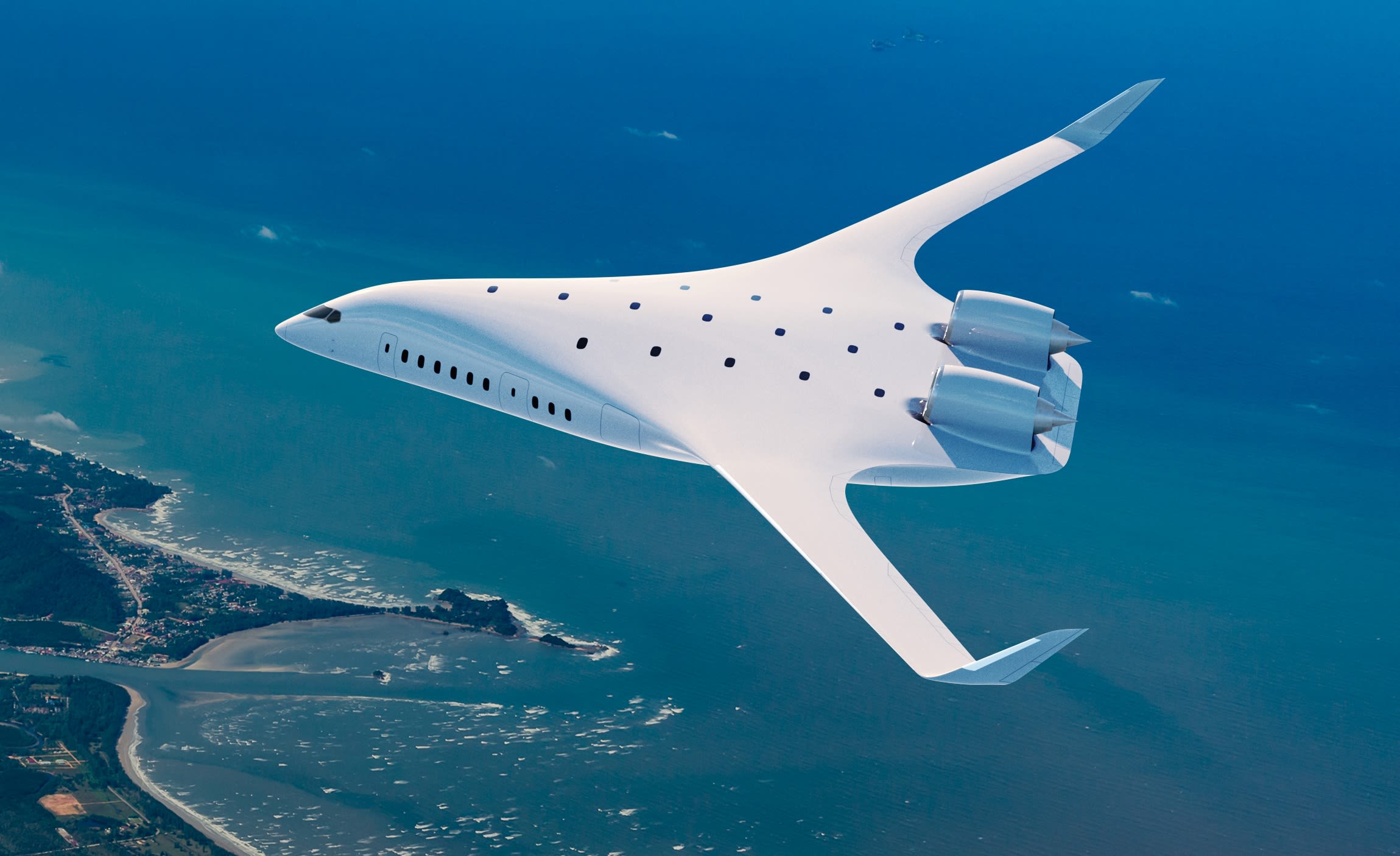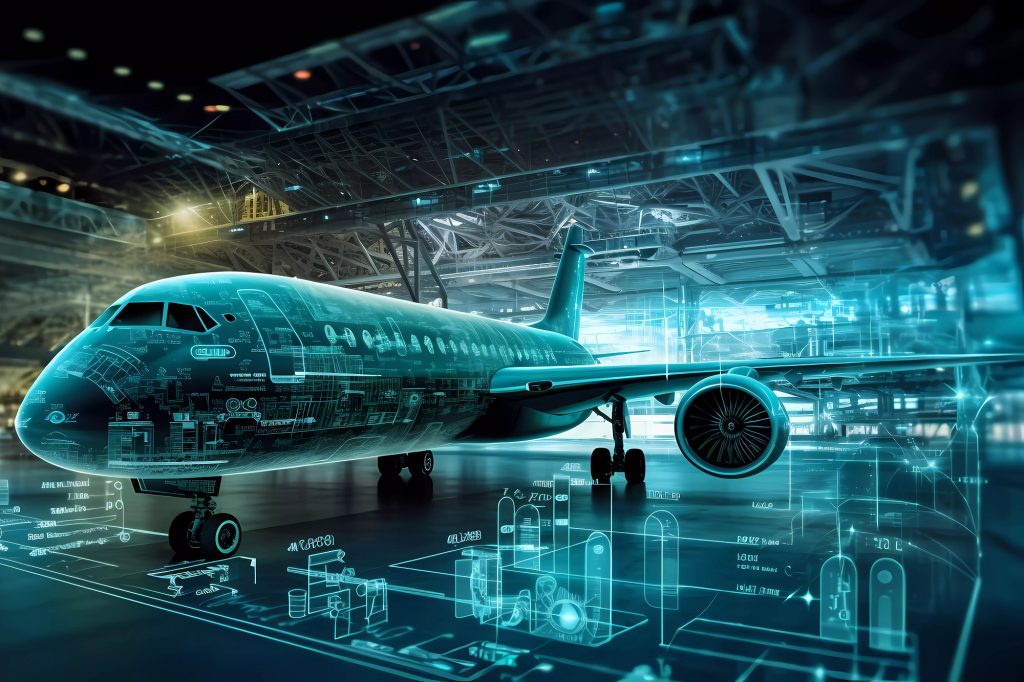Why is it said that aircraft design should minimize fuel consumption?
These days, people’s lives are evolving, travel is becoming more and more necessary, and living is progressively becoming better. The demand for air travel is always increasing, forcing the aviation industry to release more emissions than trains, roads, and waterways.
As a result, several engineers have attempted to incorporate a solution to lower fuel consumption into the aircraft’s design.

How may airplane design cut fuel consumption?
Some engineers desire to abandon the more than century-old design in favor of a wing-and-body configuration (in which the wings take up the majority of the fuselage). In 2020, Airbus released a tiny demonstrator to test a design that it estimated would save 20% on fuel. Three years later, JetZero announced plans to build a similar aircraft capable of carrying 200 passengers.Natilus also entered the race with its Horizon wing-and-body prototype, which can carry approximately 200 passengers, consumes 30% less fuel than the Boeing 737 and Airbus A320, and emits half the carbon.
New experience in designing new aircraft to reduce fuel consumption
Natilus, founded in 2016, has already released its Kona cargo drone, which has a fuselage-wing design. The Kona has received over 400 orders, and the final version is scheduled to go into service over the next two years.
Much of the Kona’s technology will be transferred to the Horizon, but the passenger plane will retain a traditional cockpit and crew. The business has set an ambitious target of getting the vehicle into operation by 2030. No new aircraft has ever been designed and certified in under six years.
How experts assess the effectiveness of new airplane designs in reducing fuel consumption
“One of the challenges of the wing-body design is stability and control,” explains Aleksey Matyushev, Natilus’ co-founder and CEO. “I think this is where McDonnell Douglas and Boeing stumbled.”

The new design can lower drag by 30% while being lightweight and carrying the same amount of cargo or passengers as the traditional design. “Smaller aircraft have smaller engines that require less fuel. According to Matyushev, this reduces emissions per passenger seat by around 50%. Furthermore, the expanded fuselage expands floor space by 30%.
Conclusion
Aviation expert Gary Crichlow (Aviation News magazine) described the goal of putting the fuselage-wing aircraft into operation by 2030 as challenging: In real-world flight operations, maintenance and certification processes are not always straightforward.Since it would be too dangerous to transition to electric or hydrogen fuel cells, the aircraft will continue to employ their current engine technology. Additionally, they won’t necessitate significant adjustments to airport infrastructure.
Learn More:
Enhance Public Awareness About Aviation Safety 2024
Freight service between Washington, USA, and Ho Chi Minh City

